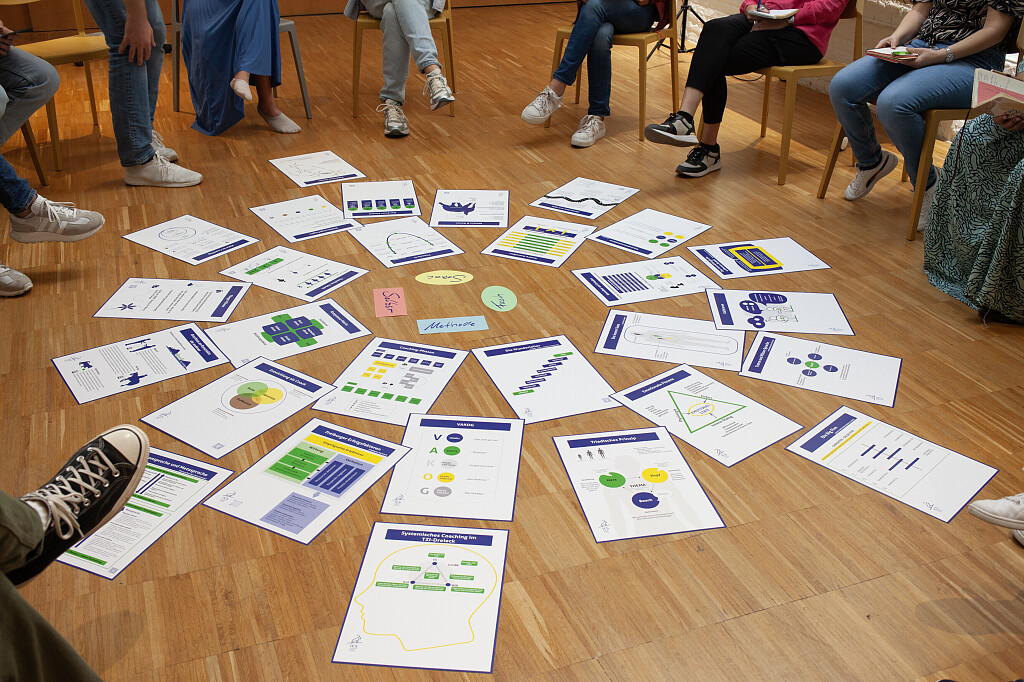What Is the Stakeholder Matrix?
The Stakeholder Matrix provides an overview of the various interest groups and key individuals involved in complex projects and change processes.
With this overview, you can develop different strategies for communication and stakeholder management.
Who Are Stakeholders?
Stakeholders are defined as “interested parties.” These include individuals and groups affected by or involved in a project.
Such interested parties can include:
Employees
Customers
Suppliers
Government
Business partners
The public
Neighbors
The marketing department
The board of directors
…
Stakeholder Matrix Version 1: Mapping Interest and Influence
Stakeholders can be categorized in several ways. One option is to sort them by the level of their interest. A zero represents no interest, while a ten signifies very high interest. Another option is to categorize stakeholders by their influence over the project. No influence is rated as zero, and maximum influence is rated as ten.
Stakeholder Matrix Version 2: Mapping Support and Influence
This version categorizes stakeholders based on their level of support or opposition to the change project, in relation to their influence over the project.
The strategies derived from this second matrix can be varied. For example, opposing groups can be persuaded to become supporters. Supporters with little power can be empowered to gain more influence.
All these considerations should be integrated into the planning of the change process—known as Change Architecture and Change Design. Based on this, a communication plan can be developed to inform and engage stakeholders throughout the various project phases.
Creating a Stakeholder Matrix
Step 1
Identify the stakeholders. Take a moment to list all the stakeholders affected by, involved in, or interested in the project.
Step 2
Decide which of the two versions you want to use and plot the positions of the stakeholders.
Step 3
For the key stakeholders, define your strategy and the next steps.




